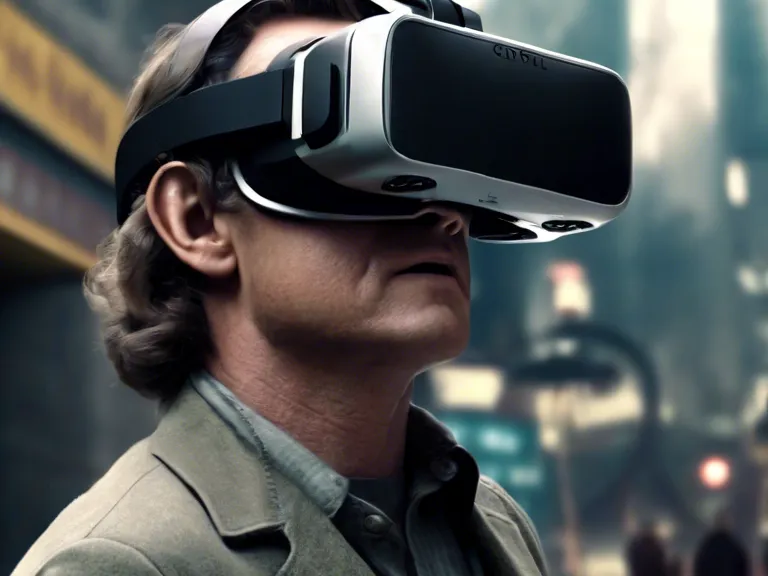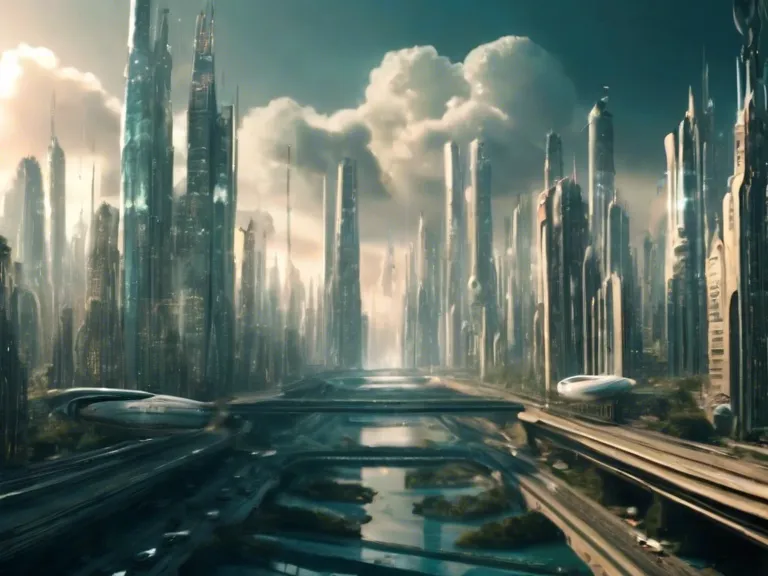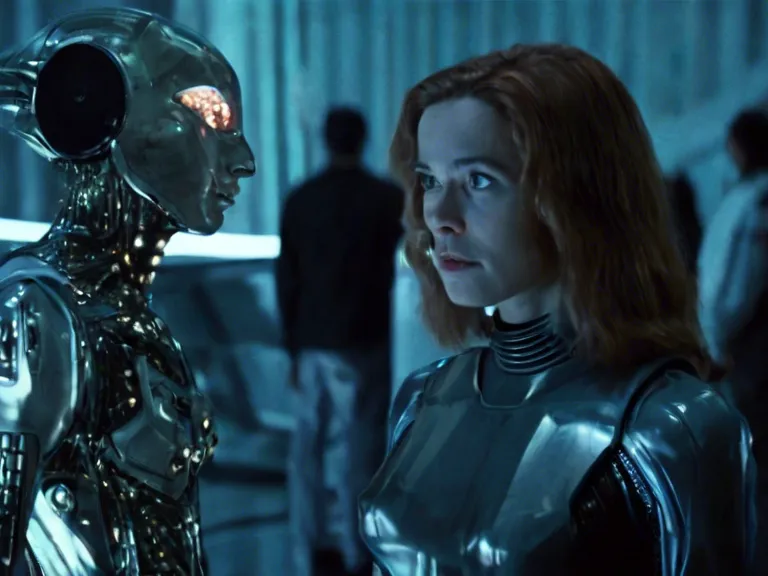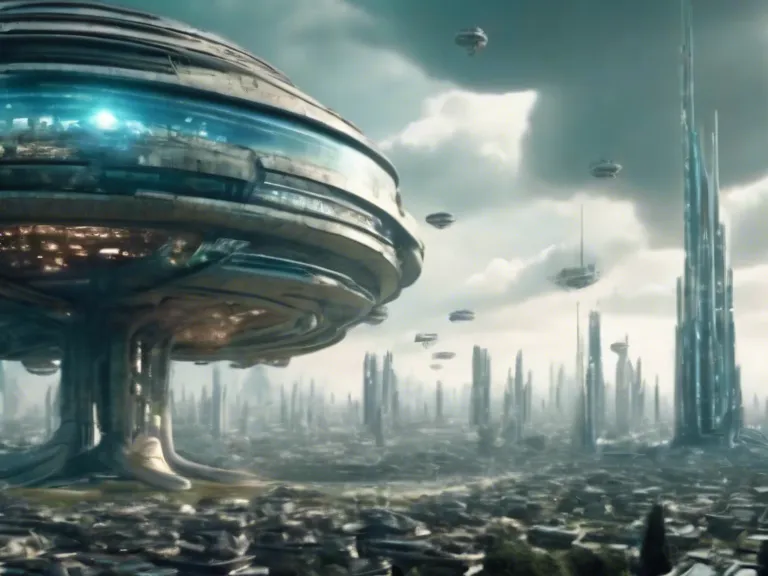
The Evolution of Cinematic Technology: From CGI to Virtual Reality
Over the years, cinematic technology has evolved at a rapid pace, transforming the way movies are made and experienced. From the introduction of Computer Generated Imagery (CGI) to the rise of Virtual Reality (VR), filmmakers have been pushing the boundaries of technology to create immersive and visually stunning cinematic experiences.
CGI revolutionized the film industry by allowing filmmakers to create realistic special effects and computer-generated worlds that were previously impossible to achieve. Movies like Jurassic Park and Avatar showcased the power of CGI in bringing fantastical creatures and worlds to life on the big screen. As CGI technology advanced, filmmakers were able to push the limits of storytelling and visual effects, opening up a whole new world of possibilities for filmmaking.
As technology continued to evolve, Virtual Reality emerged as the next frontier in cinematic innovation. VR allows viewers to step inside the film and experience it in a completely immersive way. With VR headsets becoming more affordable and accessible, filmmakers have started experimenting with this technology to create interactive and immersive storytelling experiences. VR films like "Henry" and "Allumette" have proven that the potential for VR in cinema is limitless.
The evolution of cinematic technology has not only transformed the way movies are made, but also how they are consumed. With the rise of streaming services and online platforms, audiences now have more ways to watch and interact with films than ever before. From traditional theaters to VR headsets, the future of cinema is set to be a diverse and exciting landscape of technological innovation.



